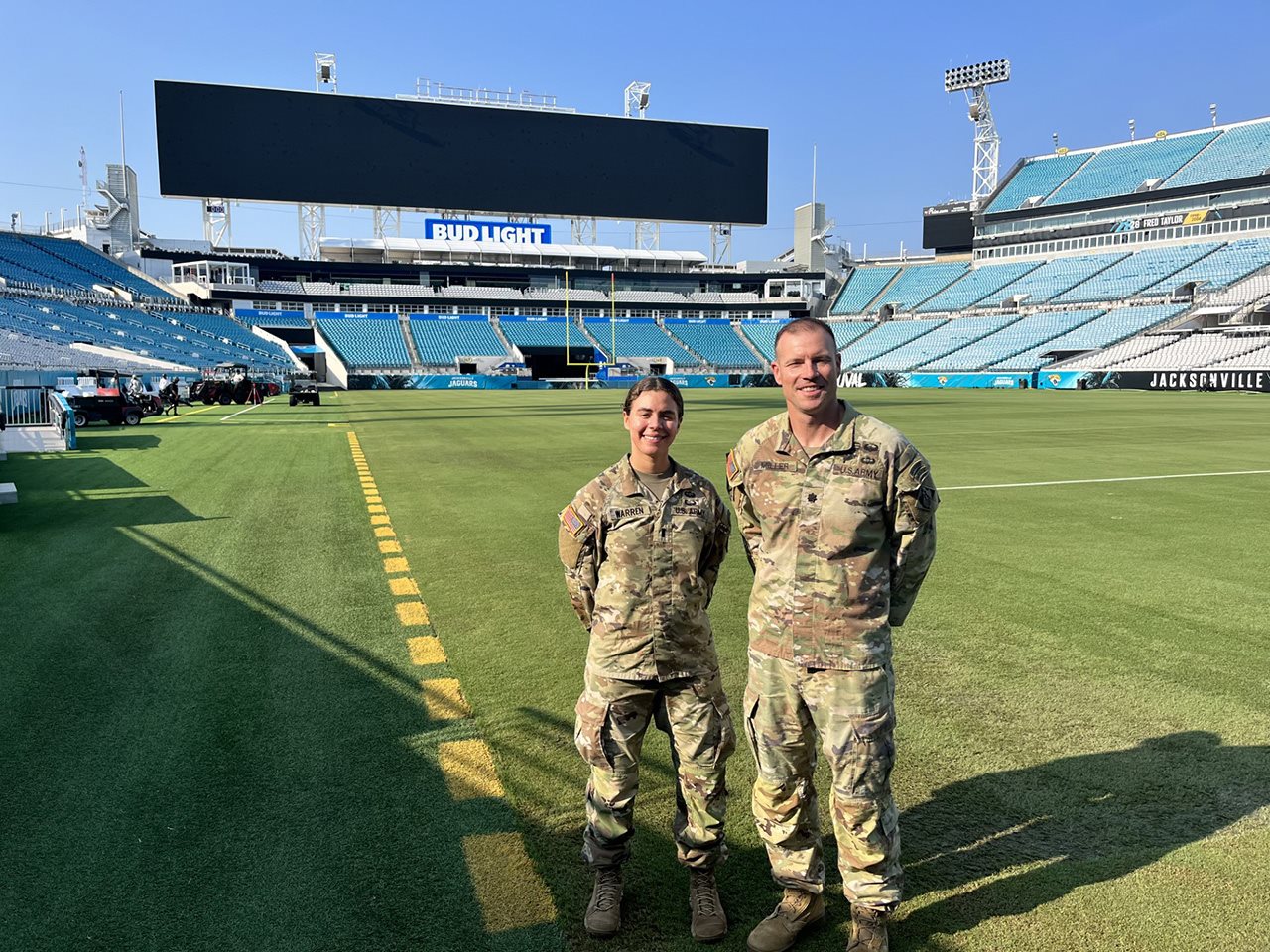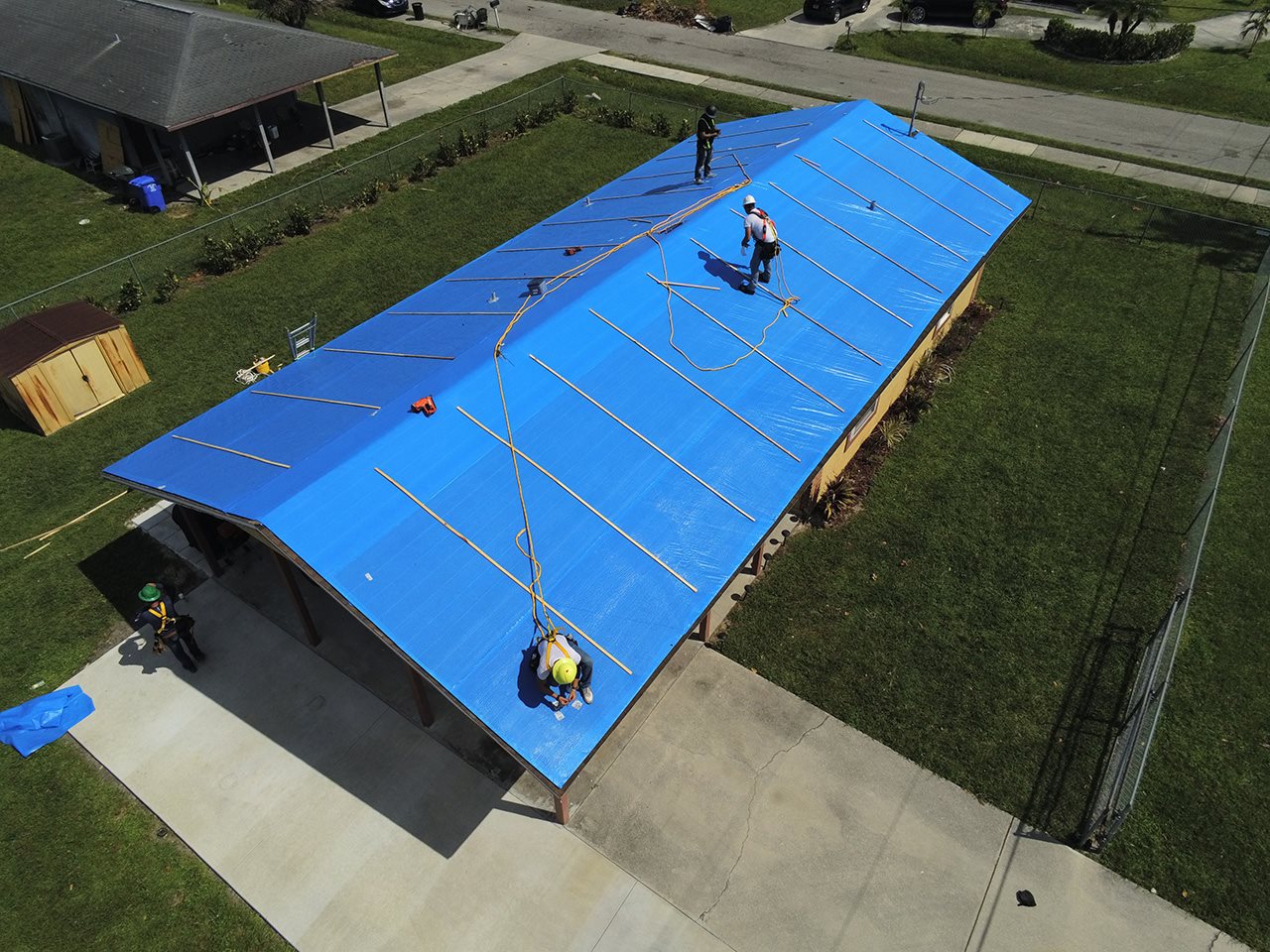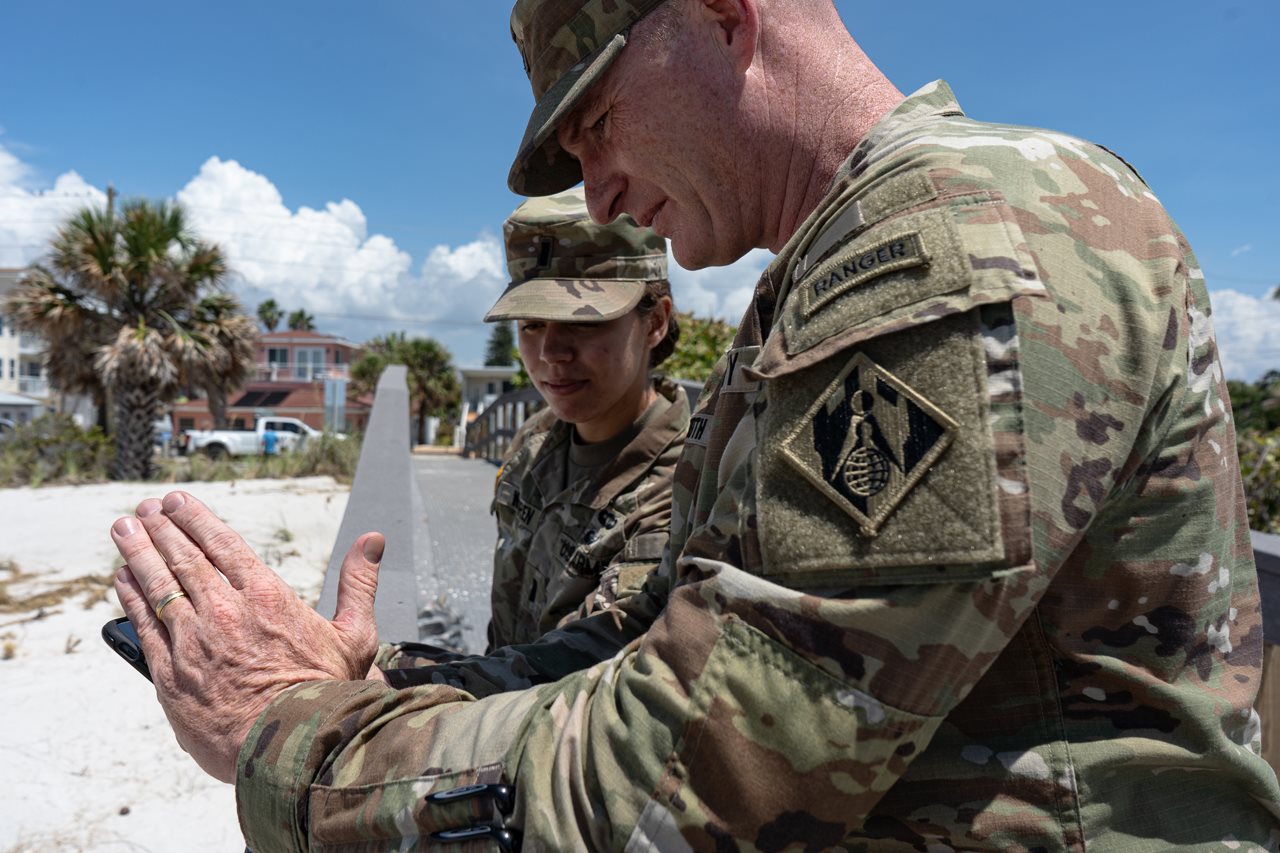(BPT) - The 2024 hurricane season is underway, and the Atlantic is expected to see a record-breaking number of storms, driving communities across the region to batten down the hatches. First responders are at the center of helping residents weather the storm, but some may not realize that U.S. Army Soldiers are often critical members of the relief teams.
The U.S. Army Corps of Engineers (USACE), one of the world's largest public engineering agencies, never hesitates to run toward disaster, providing life-saving support where it's needed most. And for Col. James Booth and his USACE Soldiers, who work across Florida and the Caribbean, the needs can be frequent and dire. What does it take to get through the storm season in one of the most hurricane-heavy parts of the country?
Read on to learn how Soldiers in the USACE Jacksonville District make an impact at every stage of hurricane responsiveness.
Before the Storm - Readiness
The best preparation for a hurricane starts well before it hits. 1st Lt. Amanda Warren has always had a passion for the environment and after graduating from West Point, now travels to at-risk communities year-round to help residents proactively improve their infrastructure in advance of hurricane season. This can include bolstering sand dunes for beachfront properties and conducting emergency management assessments for hospitals and other public facilities to ensure they can support the needs of the community during a storm. These projects help minimize damage and improve resilience in the event that disaster strikes.

On the Ground - Response
Once a hurricane makes landfall, USACE springs into action. The most critical needs for impacted communities are managing flooding and restoring power, and USACE is equipped to handle both. In the 2022 hurricane season, the Jacksonville District acted quickly to take on three major hurricanes in just two months. And in the first weeks after Hurricane Ian, Col. Booth and his unit assessed thousands of buildings and installed over 20,000 temporary roofs and 20 generators for Florida residents in need. He remembers the immediate impact it made for residents at a senior living facility who otherwise would have faced a dangerous situation. Moments like this give USACE Soldiers the purpose and motivation to keep going, even once the worst passes.

In response to Hurricane Ian, USACE Soldiers provided temporary roofing to homeowners to protect property and allow residents to remain in their homes while recovering from the storm.
Building Back Stronger - Recovery
The work of USACE doesn't end after the storm; in addition to ongoing power and water assessments, Soldiers continue partnering with local authorities on civil works projects to aid in recovery. Lt. Col. Matthew Miller is the Deputy Commander of the U.S. Army Corps of Engineers, Jacksonville District, and as a Florida State University alum, he is no stranger to the intense storms felt by the East Coast during hurricane season. He helped repair levees in the years following Hurricane Katrina and saw that effort tested when a recent storm hit New Orleans; because of this work, the improved infrastructure held strong. Reconstruction efforts help affected communities get back on track faster and prepare for what the next season may bring.

Col. James Booth and 1st Lt. Amanda Warren survey a coastline in Western Florida to conduct post-damage assessments following Hurricane Idalia in September 2023.
So, what should you do if you find yourself in the path of a hurricane this year? In addition to keeping an emergency cache of supplies on hand, above all, Col. Booth and his unit say it's most important to follow the direction of local government and emergency services, especially as it pertains to evacuation. Staying connected to their guidance will help you make the best decisions to stay safe.
Find out more about how the Army is making an impact in communities around the country at GoArmy.com - and go through hurricane season knowing U.S. Army Soldiers are ready to help.





